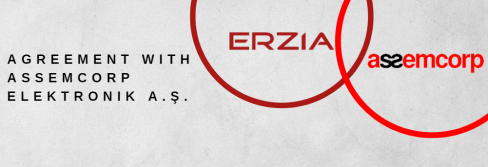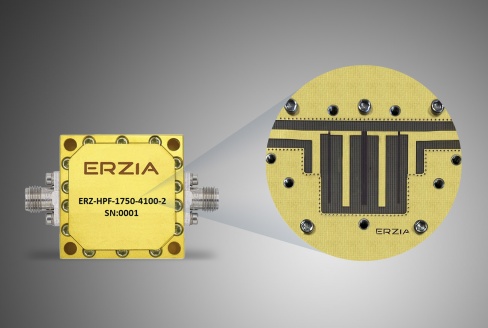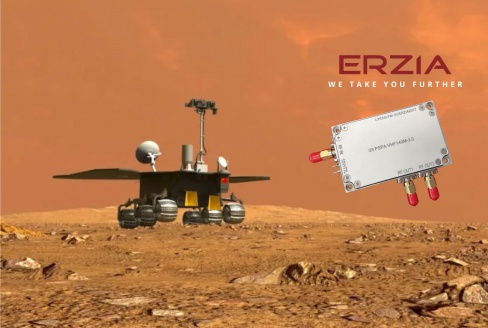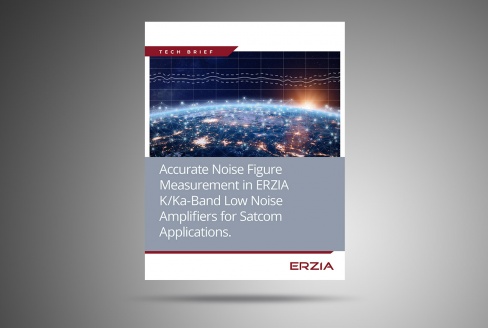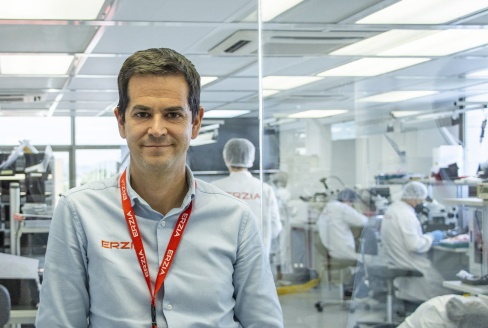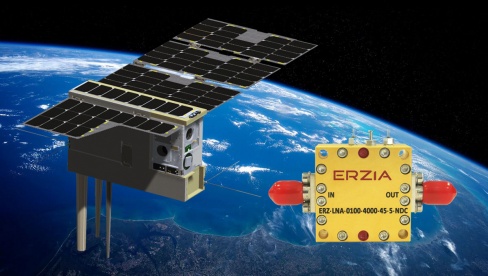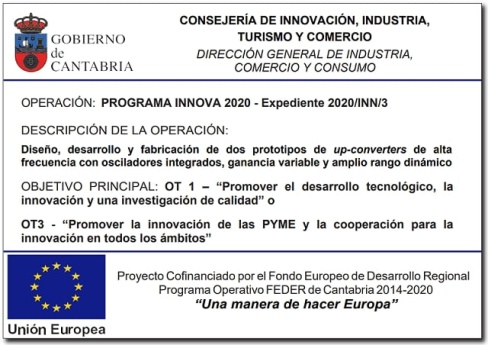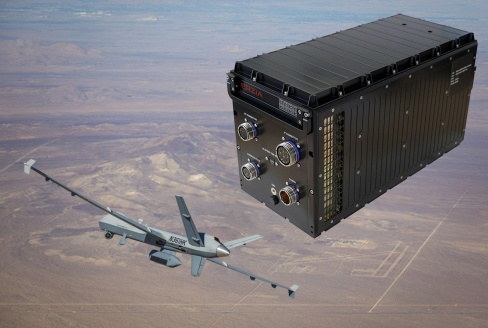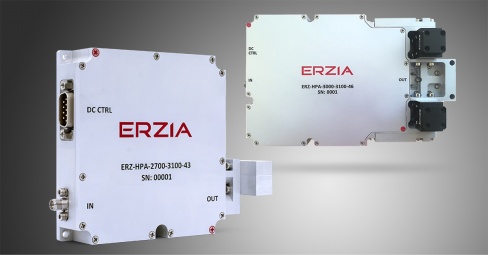NEW REPRESENTATIVE IN TURKEY
Posted: Tuesday, July 6, 2021
ERZIA is glad to announce the agreement with AssemCorp Elektronik A.Ş. as our new representative in Turkey. With this new partnership ERZIA expands its representative network and focus in the Turkish market, where we expect an important increase of sales of our microwave and millimeter wave modular modules for the aerospace and defence markets.

